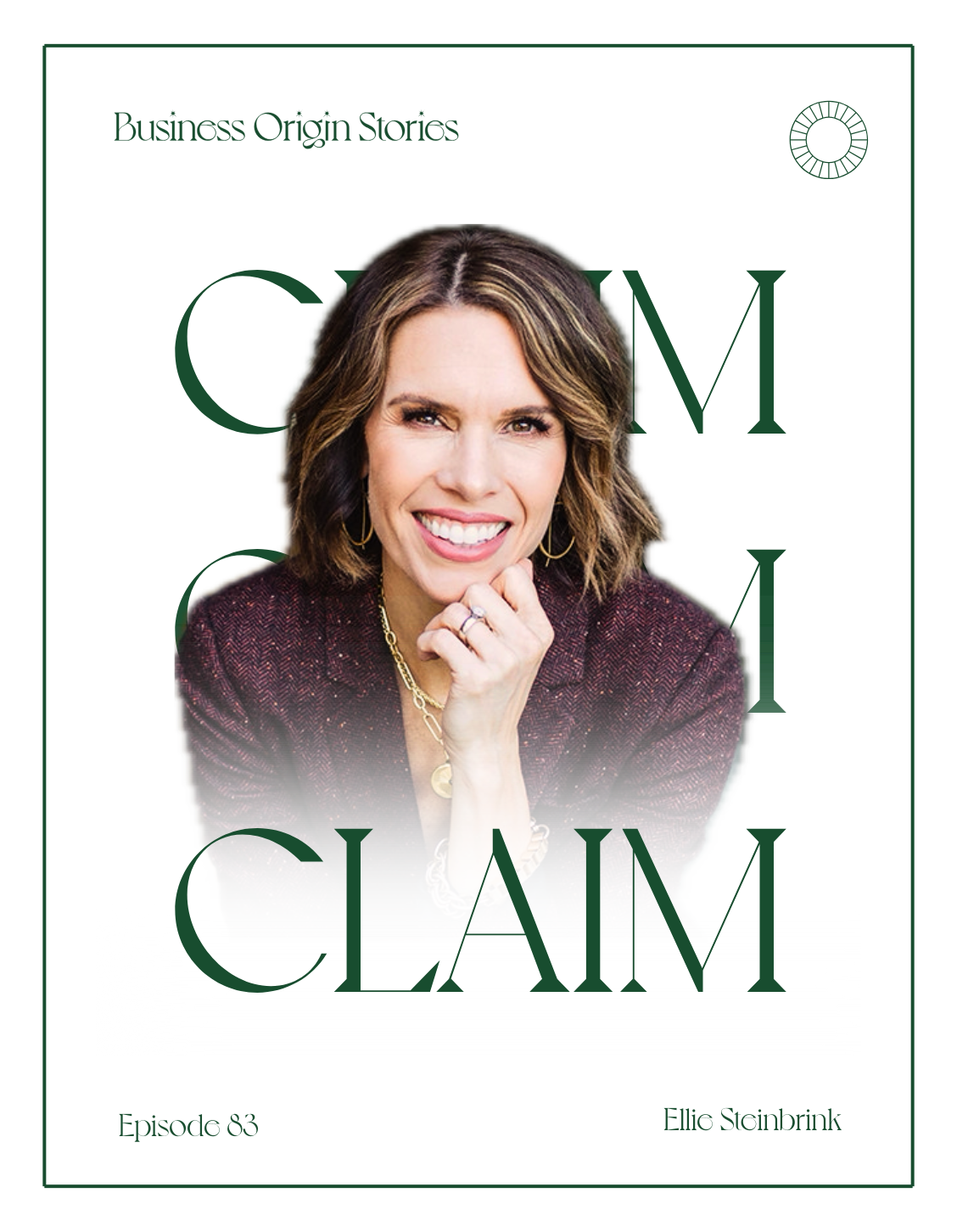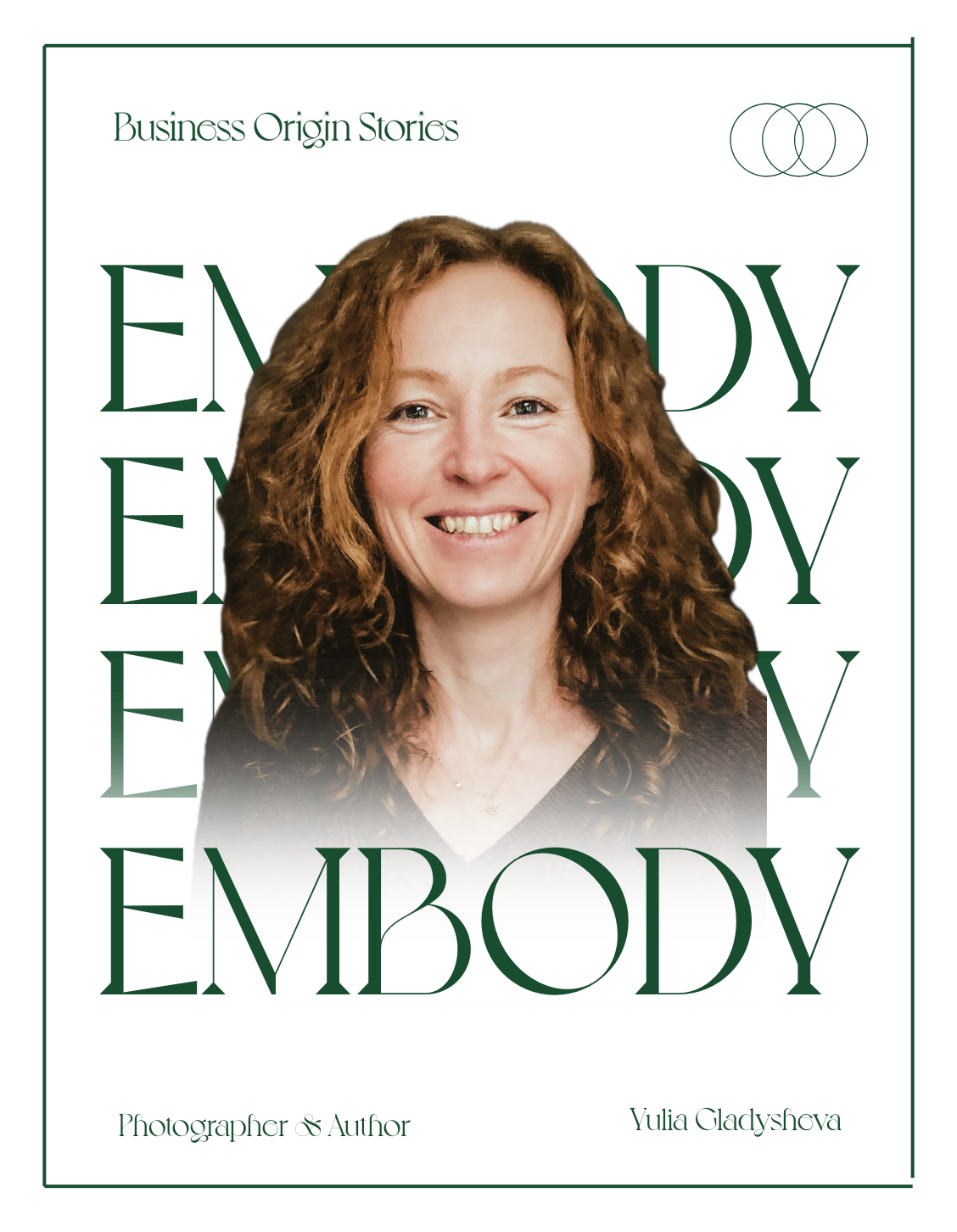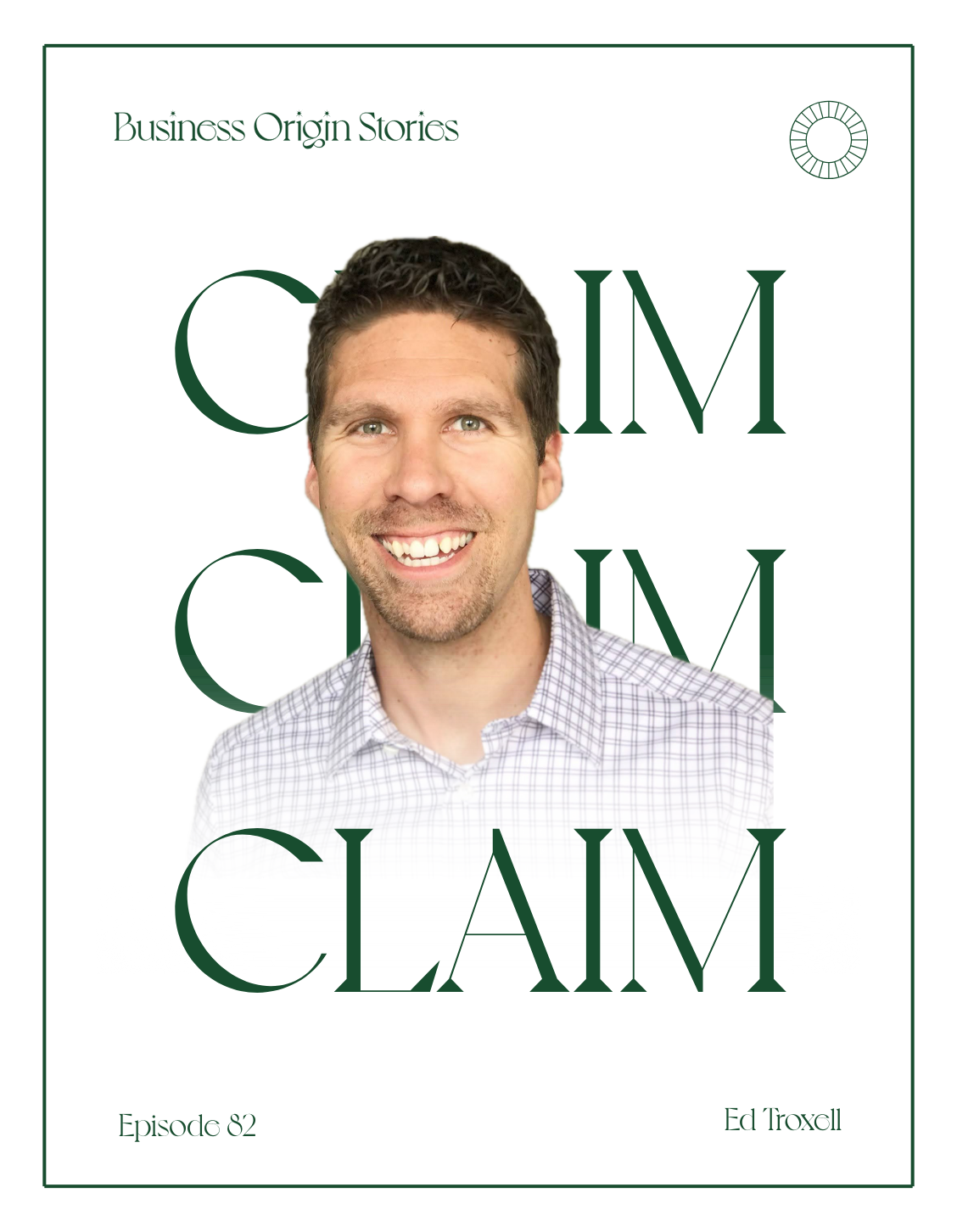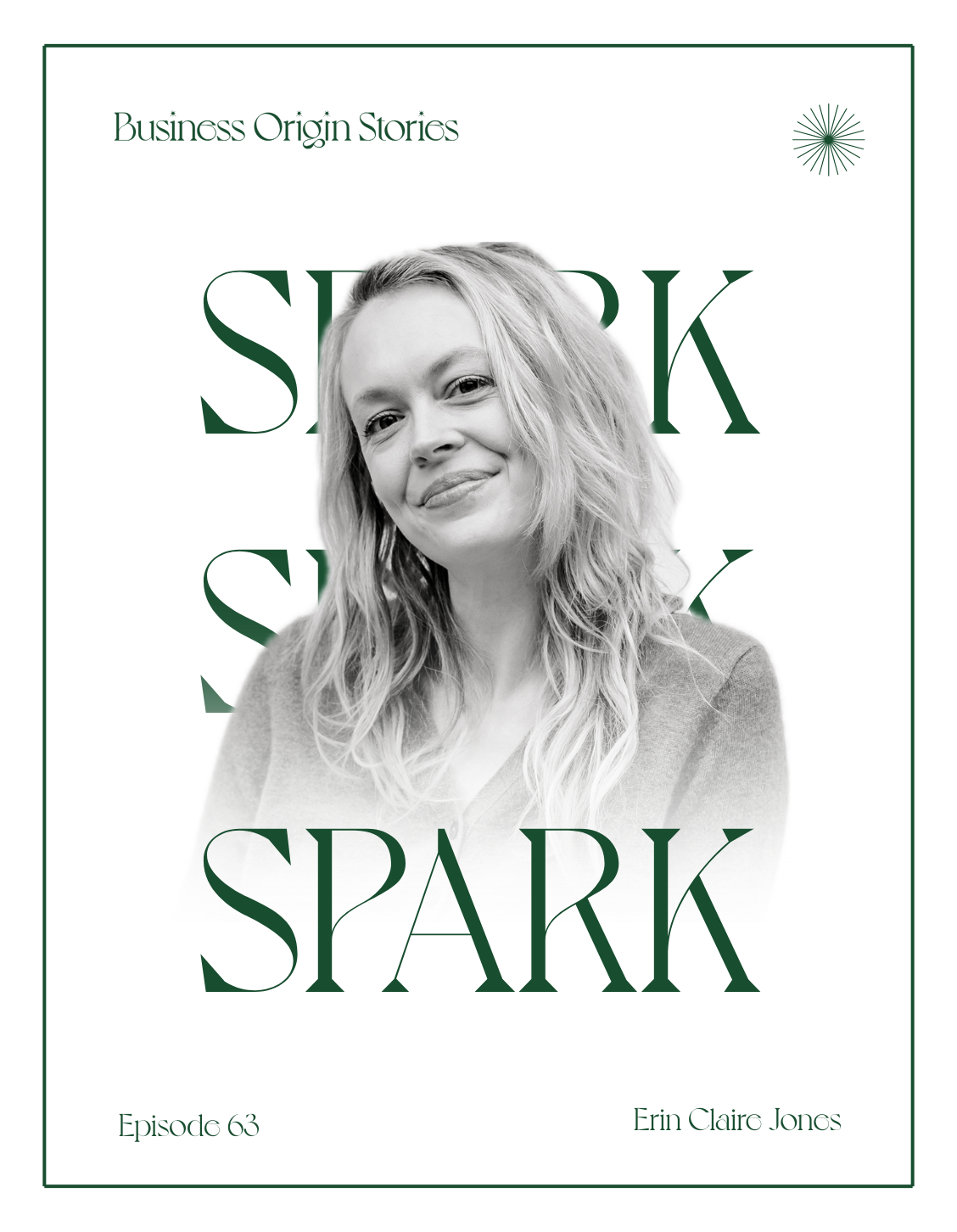What do grocery store checkouts, hot air balloons, and chocolate chip ice cream have in common?
For storytelling coach Seth Donlin, they’re not just everyday experiences – they’re anchor points for some of the most effective podcast stories he’s ever told. And in this episode of Business Origin Stories, he’s walking us through how to find those moments in your own life and turn them into stories that stick.
If you’ve ever told yourself, “I don’t have any good stories,” this conversation is one to bookmark.
We talk about storytelling for podcast guesting, the difference between being personal and being private, and why relatability is more important than inspiration when it comes to building trust.
The Strongest Stories Are the Most Relatable Ones
Most people think storytelling has to come with a capital-S. That it has to be a dramatic turning point or a full-circle moment that changed everything.
But Seth argues the opposite. His favorite podcast stories are grounded in the small stuff: buying ice cream after a rough day, chatting with the cashier at closing time, driving past a perfect row of hot air balloons.
Those moments work because we’ve all had them. They don’t require backstory or context. They’re real. They’re familiar. And they make your audience feel like they know you, even if they’ve just met you.
That kind of storytelling builds both connection and trust. And trust is what gets remembered.
How to Spot a Story Worth Telling
Seth teaches all of his clients to keep a “story journal.” Not a collection of polished narratives, just a running log of moments you felt compelled to tell someone about.
That’s the only criteria. If you told your partner about it at dinner, if you texted a friend, if you found yourself retelling it twice in one week — it goes in the journal.
These are your story seeds. You can keep them in a notebook, in a spreadsheet, in your notes app (whatever works for you). You don’t have to know where they’re going yet. The act of collecting is the foundation.
And when you’re ready to build them into something bigger, Seth has a system for that, too.
Storytelling Starts With Practice
Whether you’re writing content, showing up on a podcast, or prepping for a keynote, you need stories that align with the message you’re trying to share.
Seth recommends creating two columns: one with your story seeds, and one with the ideas, topics, and lessons you teach most often. Then, start finding connections. Even the weird ones.
Sometimes the link is obvious. Sometimes it’s abstract. Either way, it’s about building the muscle, not finding the “perfect” fit.
To help his clients practice, Seth built a custom GPT that randomly pairs story prompts with teaching points. Some of the results are brilliant. Some are ridiculous. But every combination helps you get better at seeing possibilities and shaping stories that land.
And when you’ve tried 20 versions of the same story, you’ll know exactly how to tell it when the moment comes.
Personal Doesn’t Mean Private
One of the most powerful parts of this conversation was the way Seth talked about boundaries.
So many people confuse authenticity with transparency. But those aren’t the same thing. You can be real without being raw. You can be personal without telling people everything.
Seth draws that line by asking: what’s personal, and what’s private? He’s open about things like parenting, mental health, and his own ADHD, but he’s intentional about how and when those stories are shared.
That intentionality is part of what makes his storytelling work. He’s not performing vulnerability. He’s choosing moments that create resonance.
And he gives his clients permission to do the same.
Want to start building your own bank of powerful, personal stories?
This episode is a thoughtful look at how storytelling really works, why podcast guesting can be one of the strongest visibility tools in your business, and how to start seeing your own life as a source of magnetic content.
🎧 You can find the episode on Apple Podcasts or Spotify.






